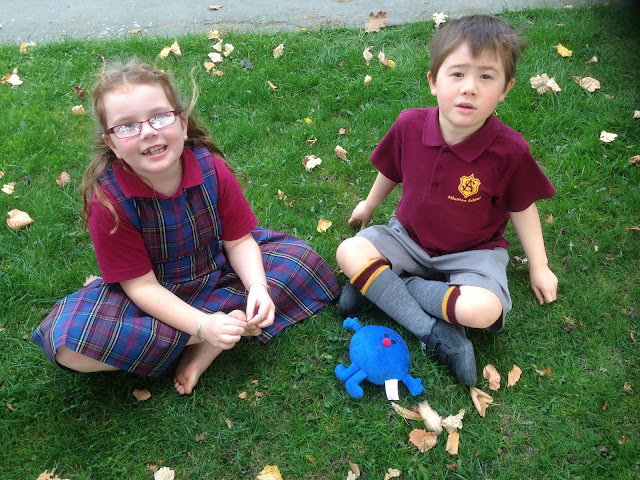Information for Mum and Dad...
Complementary Ways of Knowing
George Parkyn 1995
1.
How
we think about what we experience.
The rational way of knowing.
When we think about what we experience, we are trying to
find our what is true. To do this we use logic and reasoning to order our
experience so that we can comprehend or understand it. We try to discover the
facts or the rules.
2.
How
we feel about what we experience.
The aesthetic or empathetic way of knowing.
We are capable of many different feeling. Generally we look
for those experiences that cause us to fell happy and try to avoid those that
cause us to feel pain or distress of some kind.
However whereas a fact is the same for everyone, feelings
differ from person to person and in the same person at different times. And
whereas a fact can usually be measured or tested to prove its existence, a
feeling cannot.
Therefore there is another dimension to the aesthetic way of
knowing: the search to understand,
first our own feelings and then the feelings of others. We call this
understanding ‘empathy’.
3.
How
we chose to act in response to what we experience. The ethical way of knowing.
When we seek to make choices, we seek for what is good or
right. Our notion of what is good or right draws on both the
rational and the aesthetic/empathetic way of knowing.
From They’re Not Bringing My Brain Out
by Rosemary Cathcart
Today we tried this...
Imagine you are a timber merchant
looking at a large and sturdy tree. What is your most likely response to this
sight?
But suppose that instead of being a
timber merchant, you are a conservation-minded tree-lover. What would you say
then?
Which of these views actually tells us
the truth about the tree?
Both of them?
But how can they both be true if they
conflict with each other?
If both views are true, how can we
choose between them?
Ideas we came up with...
How about... we cut down the top half of the tree. We could get wood, paper or money from the top half and the bottom half could keep making air.
How about... we cut down every second tree for wood, paper or money and leave the others for our air.
How about ...we say this forest is for wood, paper or money and that forest is for air and do that all around the world.
How about... before we chop a tree down we shake the branches so cones fall down and then we could cut the tree down and plant the seeds in the same spot.
How about for every three that is cut down has to have another planted someone else?
Some people loved this conversation and all the different ideas generated, other people got frustrated because they thought their idea was best and everyone should just have listened to them. Who is doing the better thinking?
























